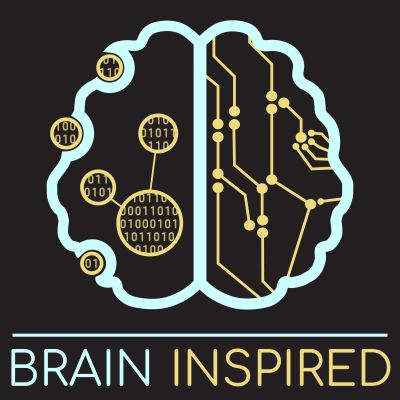Neuroscience and artificial intelligence work better together. Brain inspired is a celebration and exploration of the ideas driving our progress to understand intelligence. I interview experts about their work at the interface of neuroscience, artificial intelligence, cognitive science, philosophy, psychology, and more: the symbiosis of these overlapping fields, how they inform each other, where they differ, what the past brought us, and what the future brings. Topics include computational neuroscience, supervised machine learning, unsupervised learning, reinforcement learning, deep learning, convolutional and recurrent neural networks, decision-making science, AI agents, backpropagation, credit assignment, neuroengineering, neuromorphics, emergence, philosophy of mind, consciousness, general AI, spiking neural networks, data science, and a lot more. The podcast is not produced for a general audience. Instead, it aims to educate, challenge, inspire, and hopefully entertain those interested in learning more about neuroscience and AI.
https://braininspired.co/series/brain-inspired/
BI 075 Jim DiCarlo: Reverse Engineering Vision
Jim and I discuss his reverse engineering approach to visual intelligence, using deep models optimized to perform object recognition tasks. We talk about the history of his work developing models to match the neural activity in the ventral visual stream, how deep learning connects with those models, and some of his recent work: adding recurrence to the models to account for more difficult object recognition, using unsupervised learning to account for plasticity in the visual stream, and controlling neural activity by creating specific images for subjects to view.
Notes:
- The DiCarlo Lab at MIT.
- Related papers:
- Large-Scale, High-Resolution Comparison of the Core Visual Object Recognition Behavior of Humans, Monkeys, and State-of-the-Art Deep Artificial Neural Networks.
- Fast recurrent processing via ventral prefrontal cortex is needed by the primate ventral stream for robust core visual object recognition.
- Unsupervised changes in core object recognition behavioral performance are accurately predicted by unsupervised neural plasticity in inferior temporal cortex.
- Neural population control via deep image synthesis.
